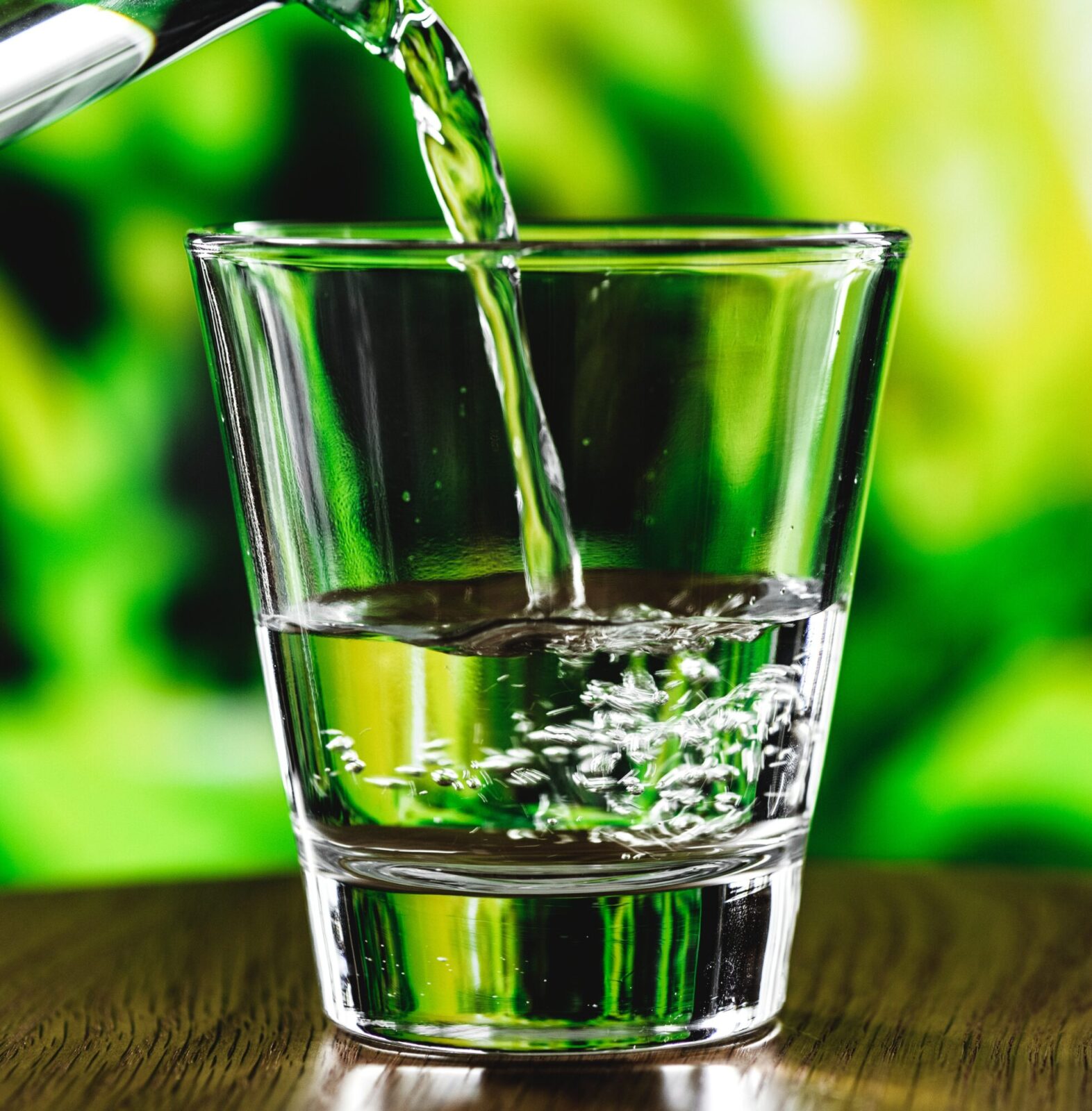With rare exceptions of some rural wells or collecting from pristine springs, we can generally assume that we need some protection from contaminants in our municipal water. Contaminants include pesticides, PCBs, solvents, petroleum products, lead, asbestos, chlorine and fluoride. Clean drinking and bathing water is key to optimal health.
If you want to filter the water you bathe and shower in as well as that you drink, you need to install a whole house filter. Many point-of-entry devices use a combination of treatment methods. Not all municipal water needs a sediment filter. In general, your point-of-entry filter will utilize carbon filters. Filter replacement should be every 125,000 gallons of water or about every year.
If you are in an apartment or situation where it is impractical to filter the whole building’s water, kitchen over- or under-the-counter filters are desirable.
Because reverse osmosis (RO) systems waste about 86% of water, it is more ecological to use it where the higher level of purification is needed, as a point source, for drinking water only rather than purifying all water with RO at point of entry. RO also removes more minerals you want in the water out, as opposed to carbon filters.
Activated carbon filters work through adsorption, where trace organic contaminants, and many inorganic ones, stick to the carbon molecule. Activated carbon has a tremendously large surface area or porosity at the microscopic level, thus giving it a rather large capacity for adsorption. Once the adsorption sites are used up, the filtration efficiency rapidly declines, and the filter becomes useless, even leaching contamination back into the water. Therefore, filters need to be replaced regularly.





